At the 24th National Pediatric Conference with the theme " Equity and quality in healthcare for Vietnamese children " held on November 26, Associate Professor, Dr. Tran Minh Dien - Director of the Central Children's Hospital - new President of the Vietnam Pediatric Association said that Vietnam has responded to the treatment of emerging diseases in children.
The 24th National Pediatric Conference was attended by 1,000 domestic and international pediatric experts.
This is demonstrated by the fact that we have regularly connected, exchanged and supported each other. Pediatric and obstetric hospitals have mastered many internal medicine techniques that mainly serve the work of Emergency Resuscitation: Mechanical ventilation, blood filtration, essential neonatal care, infectious diseases, mechanical ventilation in the sequelae stage, surgical techniques to approach some emergencies, and common malformations in children.
End-line pediatric hospitals have approached technical processes in an in-depth manner for each disease group: Neurology. Cardiovascular, Digestive, Hepatobiliary, Immunology,... The teamwork method, combining internal-external-laboratory-imaging diagnosis, responds well to both traditional and chronic, congenital diseases...
There is a gap in children's immunity after the COVID-19 pandemic
The Director of the Central Children's Hospital also said that in recent times, there have been great efforts in the pediatrics sector, reducing the mortality rate for children under 1 year old as well as children under 5 years old and meeting the millennium goals.

Associate Professor, Dr. Tran Minh Dien - Director of the Central Children's Hospital - new President of the Vietnam Pediatric Association said that Vietnam has responded to the treatment of emerging diseases in children.
However, given the current situation of the model
Non-communicable diseases on the rise
It is necessary to focus on controlling the number of illnesses and deaths in Vietnamese children; at the same time, it is necessary to respond to re-emerging infectious diseases and emerging diseases that are at risk of invading.
The burden of disease is distributed differently across age groups. For infants aged 0-27 days, pregnancy-related diseases and neonatal sepsis are the leading causes of death in this age group. For the age group of 1 month to 1 year, the leading burden is lower respiratory infections and congenital heart disease. The age group of 1-4 years mainly has the burden of disease related to drowning and lower respiratory infections. Older children and adolescents are affected by non-communicable diseases.
At the same time, the COVID-19 pandemic also showed that many children faced a series of psychological problems, and the condition of children with chronic diseases was more serious due to limited access to medical services during and after the pandemic.
"There is an immune gap, so children's illnesses are increasing. For example, influenza A-B is increasing faster than in previous years. Adenovirus is also increasing rapidly in both severe cases and deaths. Other diseases such as dengue fever, measles, etc. also need to be carefully considered in order to prepare and adapt well to the current situation.
Number of children affected
multisystem inflammatory syndrome
associated with COVID-19 in children (MIS-C) also increased, compared to the burden of acute respiratory failure in adults with COVID-19" - Associate Professor, Dr. Tran Minh Dien cited.
Connecting the pediatric medical examination and treatment system by region: A solution that needs to be implemented at the current stage
Currently official statistics for the number of health workers working in the field of pediatric health care are incomplete.

Associate Professor, Dr. Nguyen Thi Xuyen - President of the Vietnam Medical Association presented a Certificate of Merit from the Association to Professor, Dr. Nguyen Gia Khanh - former President of the Vietnam Pediatric Association
According to reports from the Northern region, 327 hospitals from district level and above have about 1,788 doctors working in the field of pediatrics, with an average of only 2 doctors for every 10,000 children. The ratio for nurses is 3.2 nurses/10,000 children. Data in Ho Chi Minh City currently has 1,452 doctors (656 general practitioners) serving children's health care, with a ratio of 9.6 doctors/10,000 children. The ratio of pediatric nurses is 9.5/10,000 children.
"
With the current disease model and current resources of the Vietnamese pediatric system, we can basically ensure the care and treatment of all childhood diseases. However, the individual aspects for each region, area, and hospital are issues that need attention.
"- said the new President of the Vietnam Pediatric Association.
Accordingly, it is necessary to increase the quantity and quality of pediatric human resources in particular to respond to changes in diseases and disease groups. The solution to connect the pediatric examination and treatment system in each region will be a solution that needs to be implemented at this stage.
President praises National Children's Hospital for successful liver transplant on 9-month-old patient
Associate Professor, Dr. Tran Minh Dien: 50% of children with COVID-19 have MIS-C and have to be hospitalized, most of them have not been vaccinated.
Medical facilities can reach a cooperative agreement to share high-quality human resources, train and transfer basic and advanced techniques depending on the receiving capacity of each level. Each hospital actively and proactively reviews available resources to ensure appropriate medical examination and treatment according to the disease model.
Conduct research assessments on disease patterns for each region and age group, especially the group of emergency resuscitation diseases and referral disease patterns. This will serve as a basis for developing appropriate referral or treatment combinations.
Applying 4.0 technologies to medical examination and treatment: mobile emergency resuscitation, consultation and treatment based on
telehealth
to help lower-level hospitals both improve their qualifications and improve timely treatment for patients.
There needs to be a database on the national pediatric system (disease models, referral models, human resources, hospital beds, equipment, treatment effectiveness...) to connect into a common system to help build an overall development strategy and priority policies for each region, area, and area...
Source: https://suckhoedoisong.vn/chu-tich-hoi-nhi-khoa-viet-nam-da-dap-ung-dieu-tri-nhung-benh-moi-noi-o-tre-em-16922112617030082.htm



![[Photo] President Luong Cuong attends the inauguration of the international container port in Hai Phong](https://vphoto.vietnam.vn/thumb/1200x675/vietnam/resource/IMAGE/2025/5/13/9544c01a03e241fdadb6f9708e1c0b65)
![[Photo] Prime Minister Pham Minh Chinh meets with US business representatives](https://vphoto.vietnam.vn/thumb/1200x675/vietnam/resource/IMAGE/2025/5/13/5bf2bff8977041adab2baf9944e547b5)





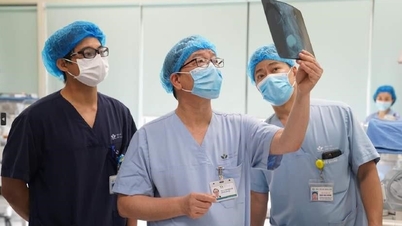

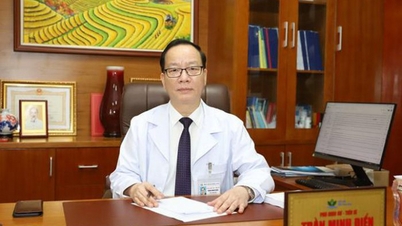

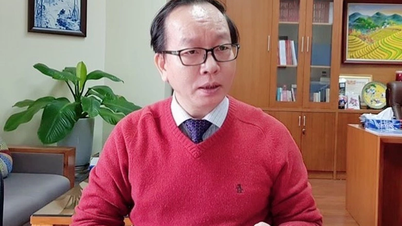


















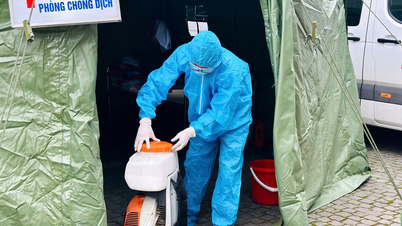











































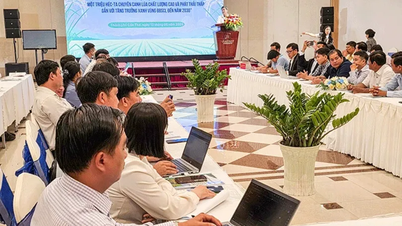






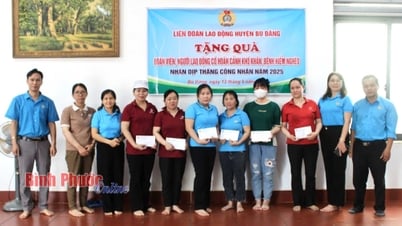

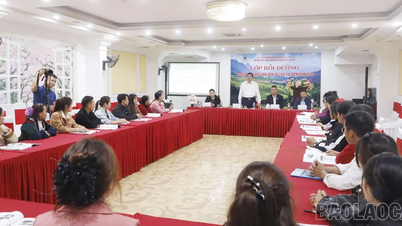









Comment (0)